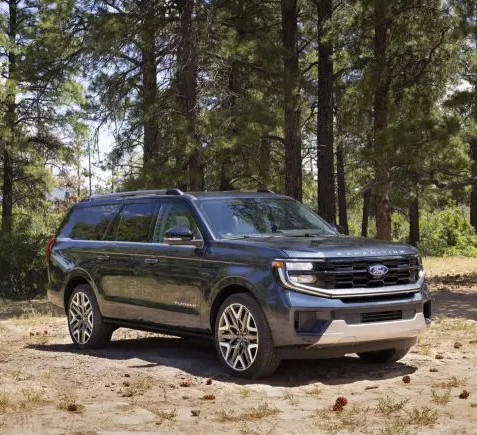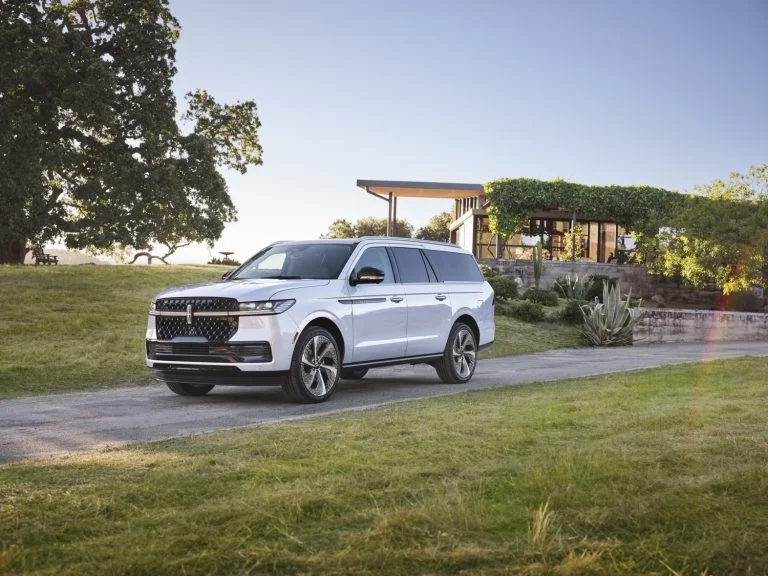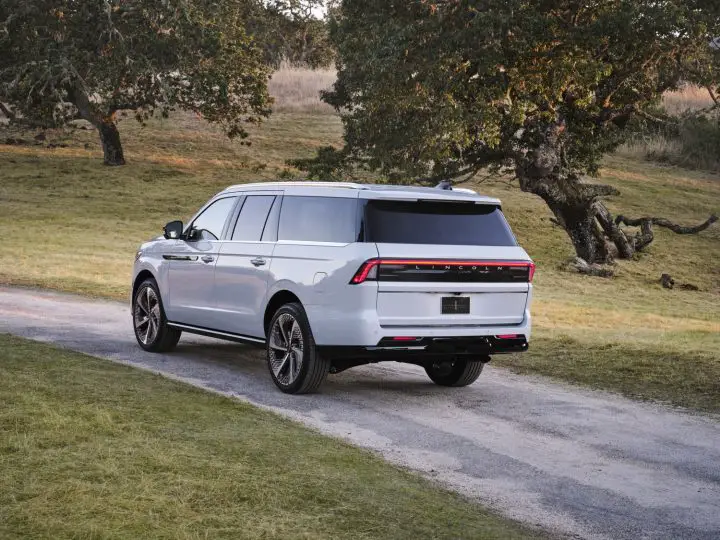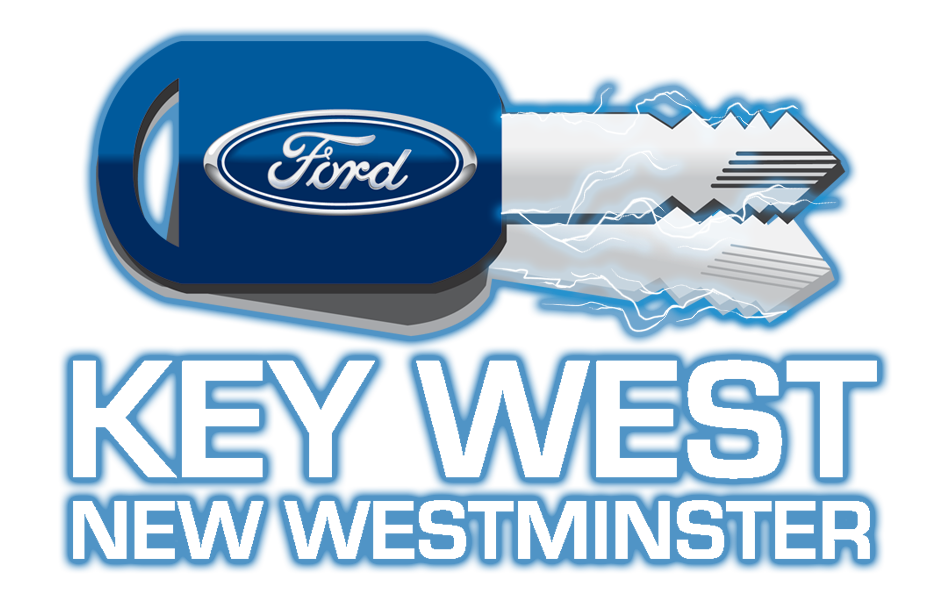Ford is adjusting its powertrain strategy to reflect the current state of the EV market and customer needs, particularly for larger family vehicles. CEO Jim Farley has indicated that the company will prioritize hybrid and extended-range electric vehicle (EREV) options for these models, moving slightly away from a pure EV focus. This shift comes as Ford recognizes the challenges of achieving profitability and meeting customer range requirements with fully electric large vehicles, especially for long-distance travel.

Farley emphasized that “profitability for these larger family haulers that take long trips will be more frequently occurred through partial electric options.” He specifically highlighted the potential of hybrid and EREV powertrains, noting that EREVs, which utilize gasoline engines as generators to power battery packs, can achieve over 700 miles of range on a single tank of gas while still providing predominantly electric driving. To accommodate these multi-energy powertrains, Ford plans to develop flexible body-on-frame and unibody platforms, allowing for the integration of various electrification technologies.

Ford’s exploration of EREVs is not entirely new. Farley first hinted at this direction last fall, and recent reports suggest that Ford is planning EREV versions of several existing models, including the Ford Super Duty, as well as a range of unnamed crossovers and SUVs. These models, which represent some of Ford’s most popular and profitable vehicles, are expected to arrive after 2027. This timeline indicates Ford’s commitment to careful development and testing to ensure the technology meets customer expectations.

In the near term, Farley has expressed skepticism about the viability of fully electric large retail models, though he sees potential in the commercial fleet space. He believes that pure EVs are better suited for smaller pickups and SUVs, reflecting a strategic approach to electrification that aligns with the specific characteristics and use cases of different vehicle segments. Ford’s focus on hybrid and EREV options for family haulers demonstrates a pragmatic approach to electrification, balancing environmental goals with customer needs and market realities.
